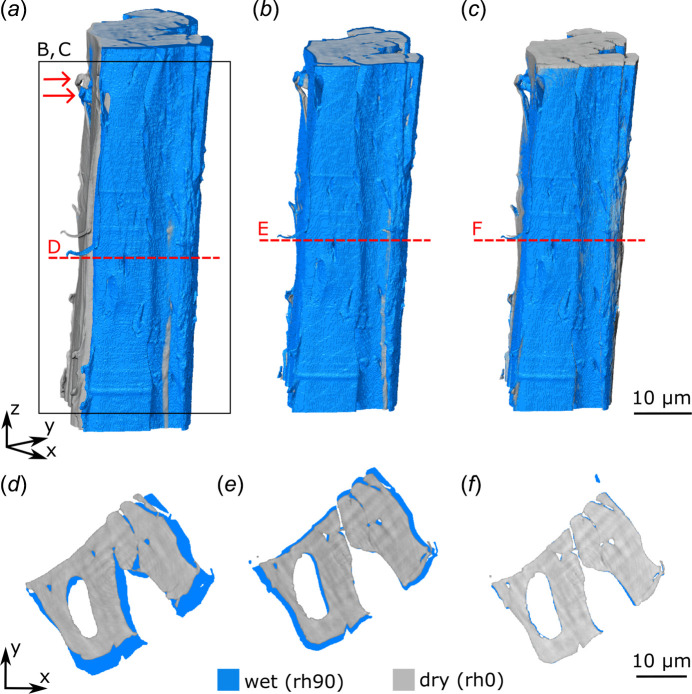Climate Chamber Science Is About to Rewrite Heat and Cold Risk-And Your Operating Assumptions
Controlled “climate chamber” studies from the University of Missouri and University of North Texas are mapping how diverse bodies actually thermoregulate-measuring metabolism, brown fat, sweat, and circulation. As these findings replace century-old rules of thumb, expect new thresholds for heat and cold risk that will impact workforce safety standards, building operations, insurance pricing, and long-range mortality and demand forecasts.
Executive Summary
- Safety and compliance shift: Population averages give way to evidence-based, condition- and population-specific thresholds; OSHA/ISO guidance and local codes are likely to tighten and differentiate.
- Cost and continuity: More precise thresholds will drive changes in shift design, PPE procurement, HVAC controls, and emergency planning-directly affecting productivity, claims, premiums, and downtime.
- New markets: Demand will surge for adaptive cooling/heating tech, smart textiles, and risk analytics that personalize exposure limits by health status, task, humidity, and microclimate.
Market Context: From One-Size-Fits-All to Evidence-Based Exposure Limits
Heat and cold extremes are rising—Europe saw an estimated 47,000 heat-related deaths in 2023; the 2021 Texas freeze and 2023 Asian polar outbreaks showed grid-dependent heating/cooling can fail when it’s needed most. Yet the physiological models widely used to set workplace and public-health thresholds still lean on outdated assumptions (e.g., body shape rules from early anthropology) and underrepresent vulnerable groups (older adults, cardiovascular disease, low-income communities).

The new climate chamber research captures real-time metabolism, core and skin temperatures, blood pressure, body composition, and genetics across diverse participants. Similar work from the University of Sydney shows that what works in humid heat (fans plus skin mist dramatically reduce cardiovascular strain) can be counterproductive in dry heat. The implication: risk guidance will become scenario-specific—by humidity, airflow, task load, and individual traits—rather than generic temperature cutoffs.

Opportunity Analysis: Where Competitive Advantage Emerges
- Workforce operations: Shift design, rest cycles, hydration, and clothing can be optimized by microclimate and job role, lifting productivity and reducing incidents.
- Smart buildings and campuses: Integrate chamber-derived thresholds into BMS logic to modulate ventilation, radiant cooling, shading, and zoning by risk, not comfort alone.
- Insurance and risk analytics: Update casualty and business-interruption models; incorporate humidity, task intensity, and health-status modifiers to price and mitigate exposure.
- PPE and wearables: Demand for adaptive cooling/heating PPE, moisture management textiles, and biosensor-driven “exposure scores” will accelerate, especially in logistics, construction, manufacturing, and events.
- Energy resilience: Scenario-specific guidance (when fans help vs. harm) enables lower-energy cooling strategies and reduces peak load risk during heat waves and cold snaps.
- Public sector and utilities: Mortality and demand projections will shift, creating opportunities for data partnerships and resilience-as-a-service offerings.
Action Items: Moves to Make This Quarter
- Audit exposure: Map your heat/cold risk by site, task, humidity, and worker profiles; identify where current protocols rely on generic temperature thresholds.
- Pilot microclimate operations: Test staggered shifts, shaded staging, spot cooling, and humidification/dehumidification based on chamber-validated guidance.
- Upgrade sensing: Deploy wearables for heart rate, skin temp, and exertion in high-risk teams; feed data to EHS dashboards for real-time interventions.
- Revise facilities playbooks: Encode scenario-specific rules (e.g., fan use in humid vs. dry heat) into BMS and emergency procedures; plan for grid-independent cooling/heating zones.
- Engage insurers: Share mitigation data to negotiate premiums and co-develop parametric triggers tied to heat/humidity indices.
- Procure adaptive PPE: Evaluate cooling vests, breathable fabrics, and moisture management tailored to humidity and workload; consider fit-for-purpose solutions by role and health status.
- Partner with researchers: Join consortia to validate thresholds in your workforce and geographies; shape emerging standards that will govern your operations.
Bottom line: As thermoregulation science replaces blunt averages with precise, population- and condition-specific thresholds, early adopters will reduce incidents and energy costs, harden continuity, and unlock new products and services in the resilience economy.

Leave a Reply